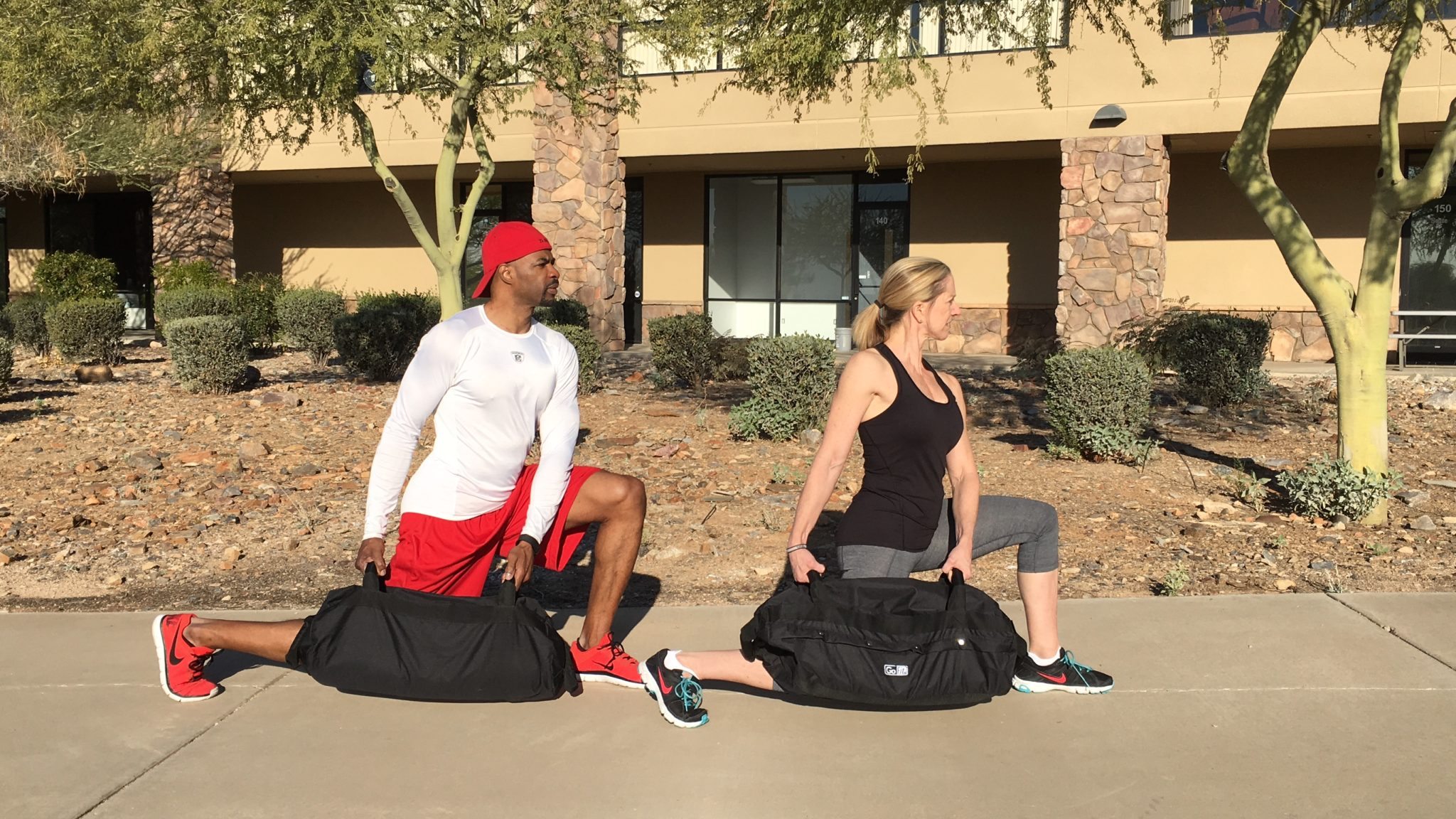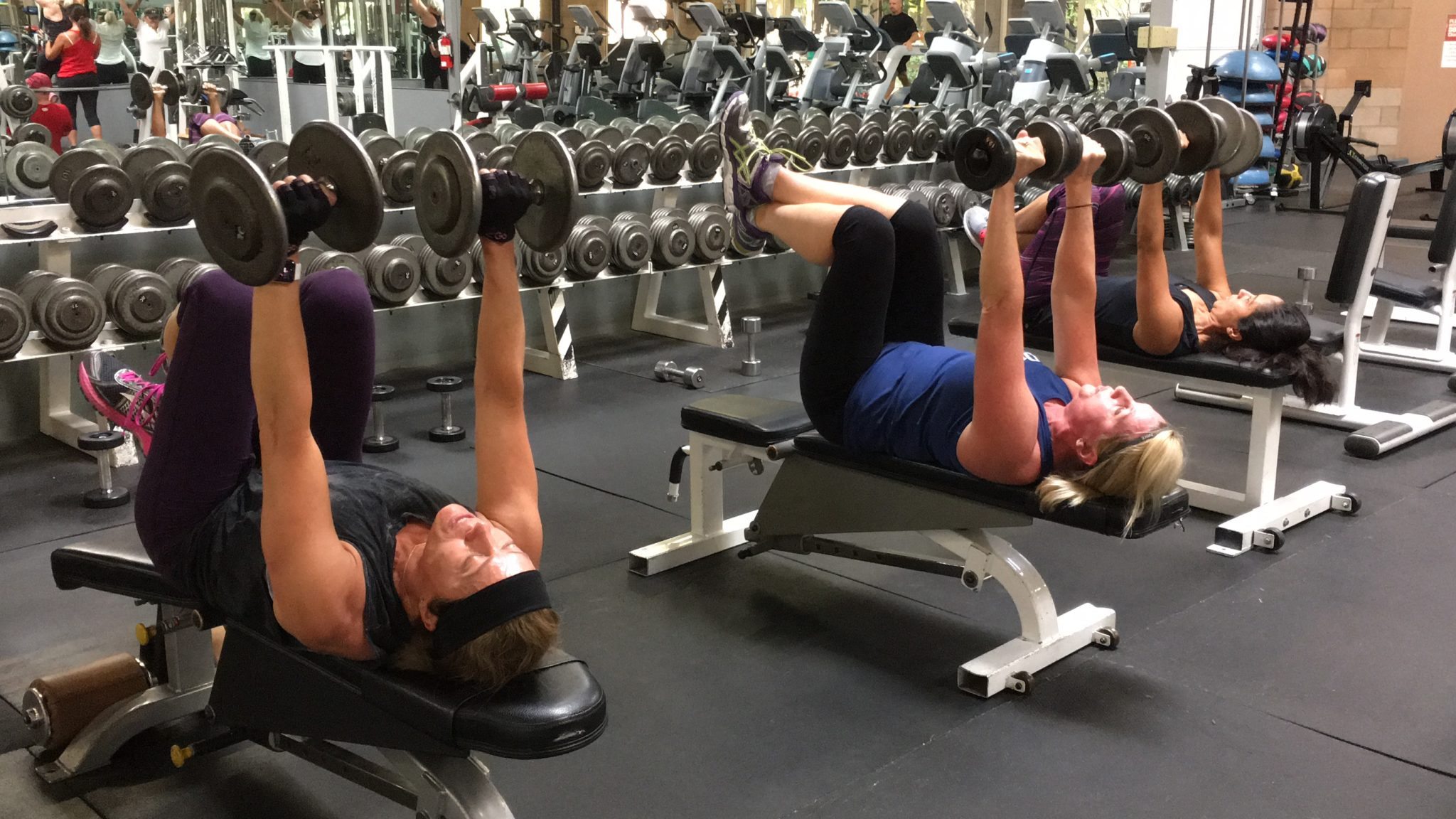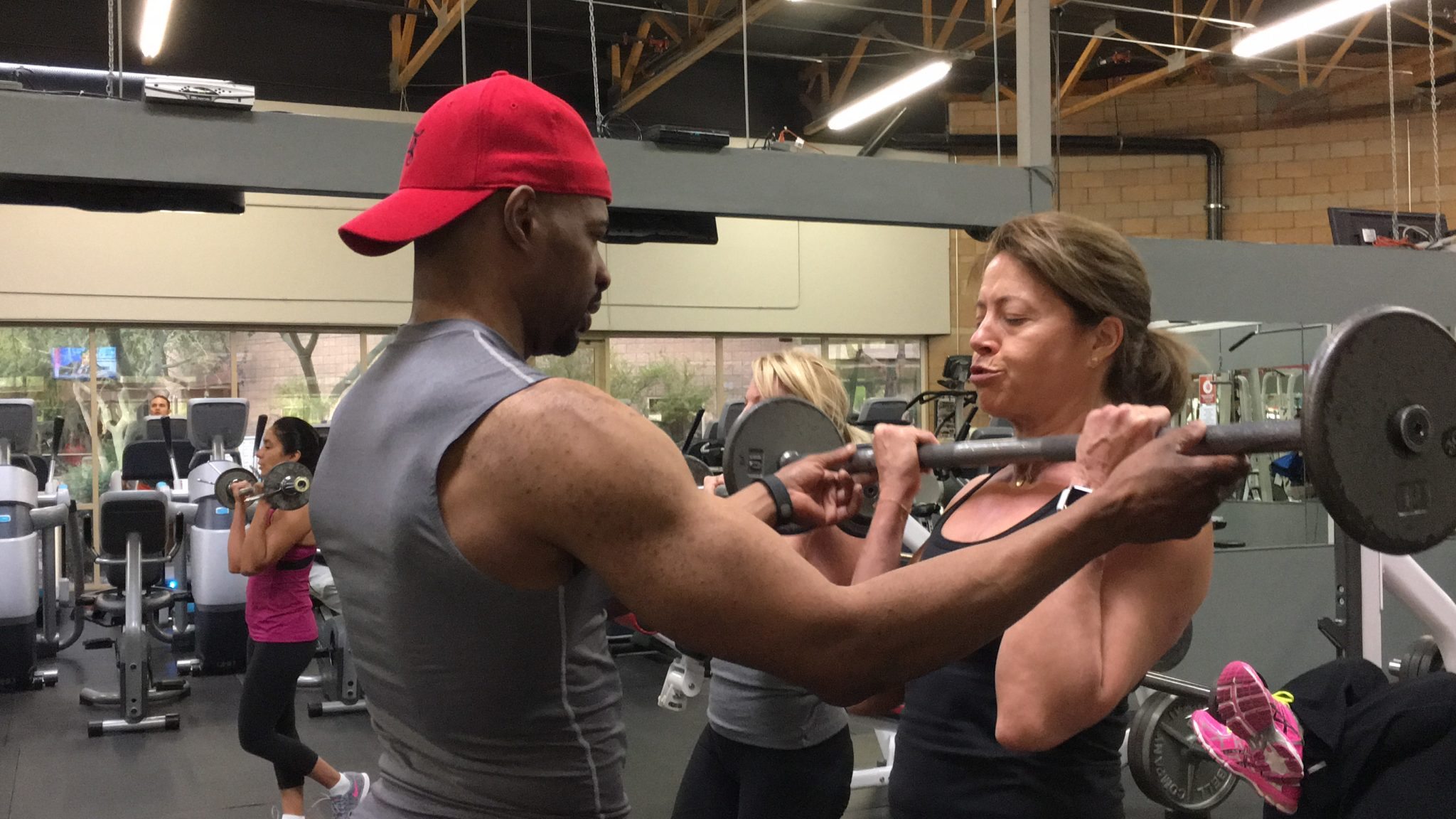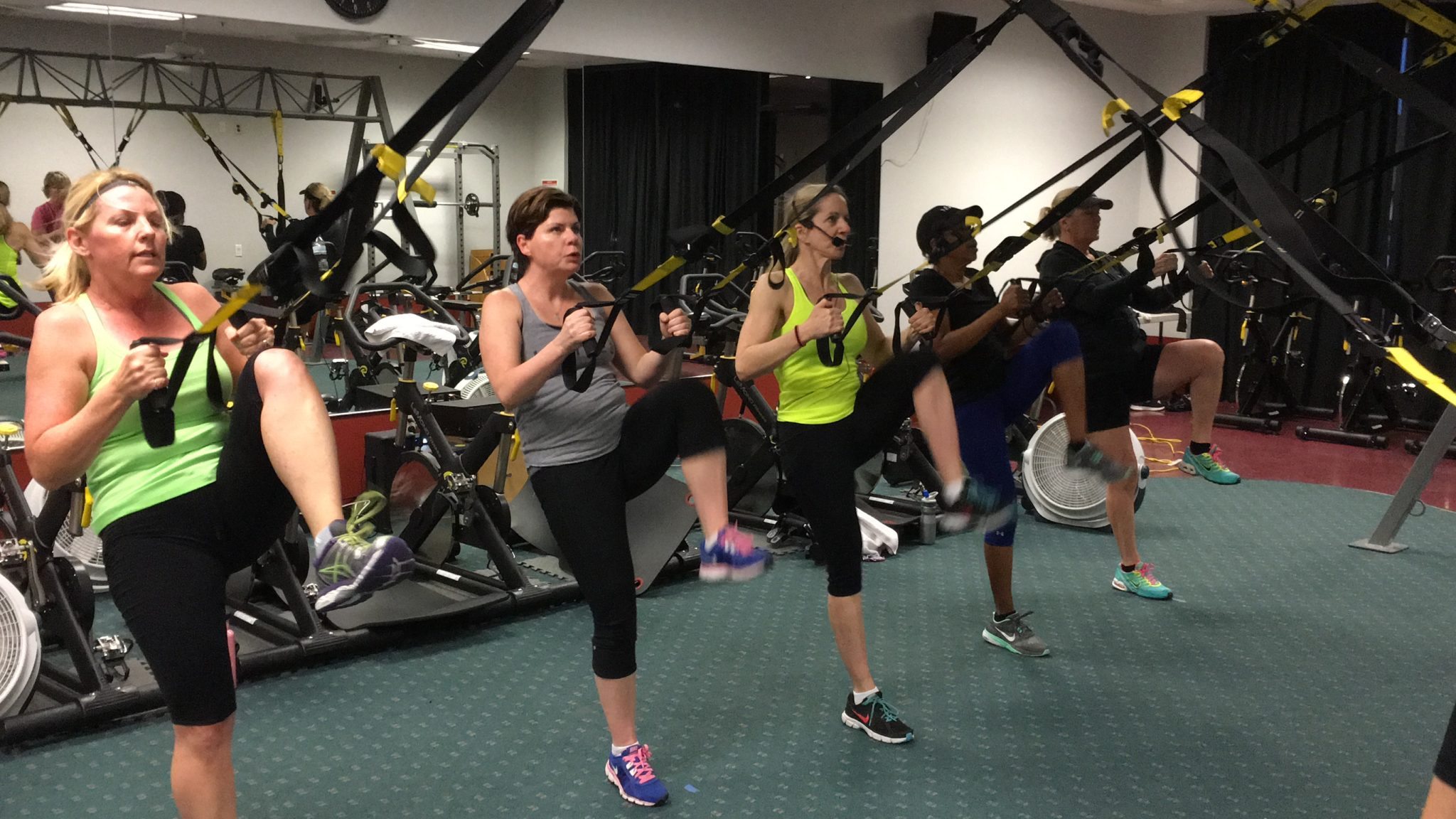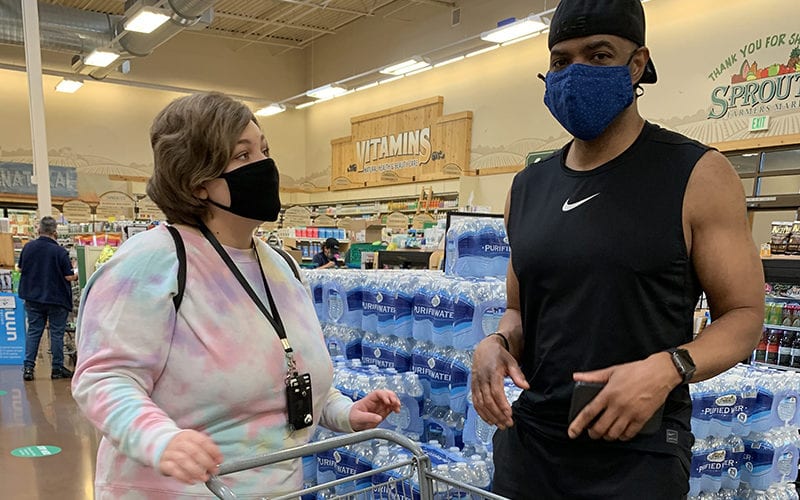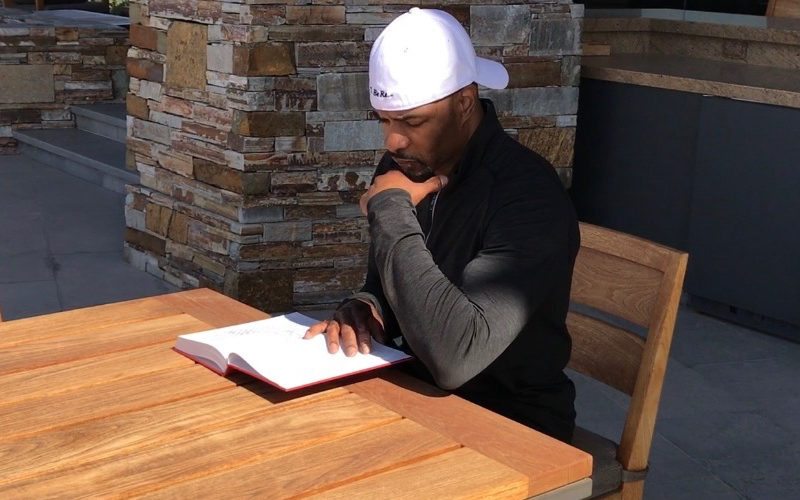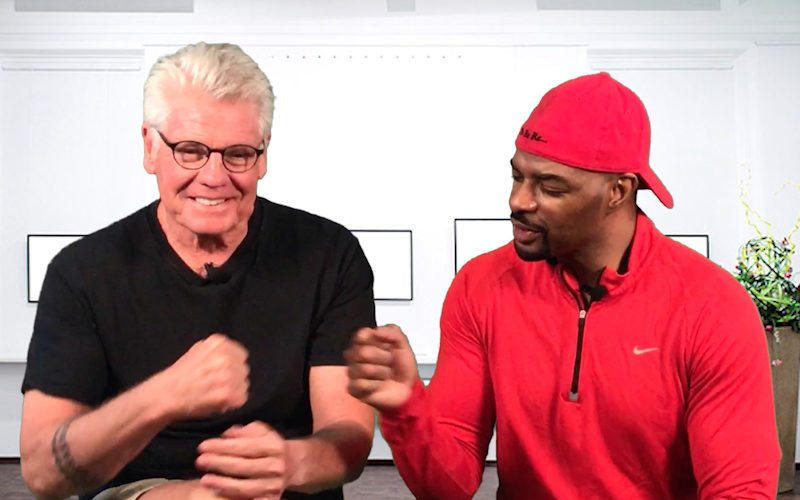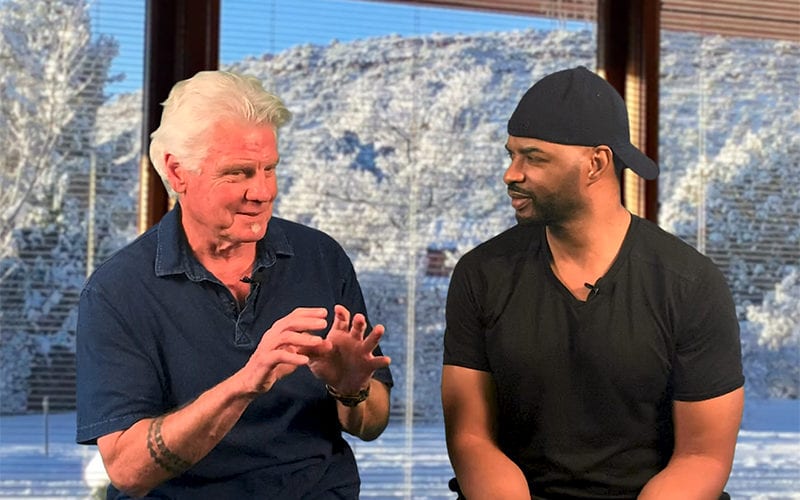Rolling 101: Recovery and Injury Prevention for Shoulders and Upper Back
In Part 3 of the series on rolling for recovery and injury prevention, I cover how to roll the upper back muscles. See Part 1 and Part 2 for the benefits of rolling the lower body. Rolling is a self-myofascial release (SMR) technique that aids in relieving muscle tightness and returning your muscles back to normal. It’s not uncommon for the muscles in our shoulder region to be tight and full of knots.
This is particularly true for anyone who sits long hours in front of a computer and may be under a lot of stress. Athletes and those of us who workout regularly may also experience discomfort in this area when proper attention is not given to correct form during exercise. Poor posture and wear and tear over time also contribute to shoulder pain. Rolling is a great way to relieve discomfort and pain, while providing healing to this important part of the body.
The above photo shows 3 different positions to most effectively get in and around the shoulders and upper back muscles (rear deltoids, trapezius and latissimus dorsi). While lying face up with your shoulders and upper back resting on the roller and your hands supporting your head, lift your hips and gently roll forward and back just a few inches, holding on any spots where you feel sensitivity. Leaning slightly to you left and right will cover more of the trapezoid area and the rear deltoids.
To roll your lats (the big muscle on the side of your upper back), lay on your side, extending your lower arm over your head and placing the roller slightly below your armpit. Just by holding this position and letting gravity press those muscles into the roller you are reaping the benefits. Lifting your hips and rotating your body forward can help to get deeper into the lats.
Remember to take deep breathes and not rush. Just a few minutes of rolling every day will greatly help to relieve tension and keep your muscles smooth and relaxed.
Amy
Load Comments


